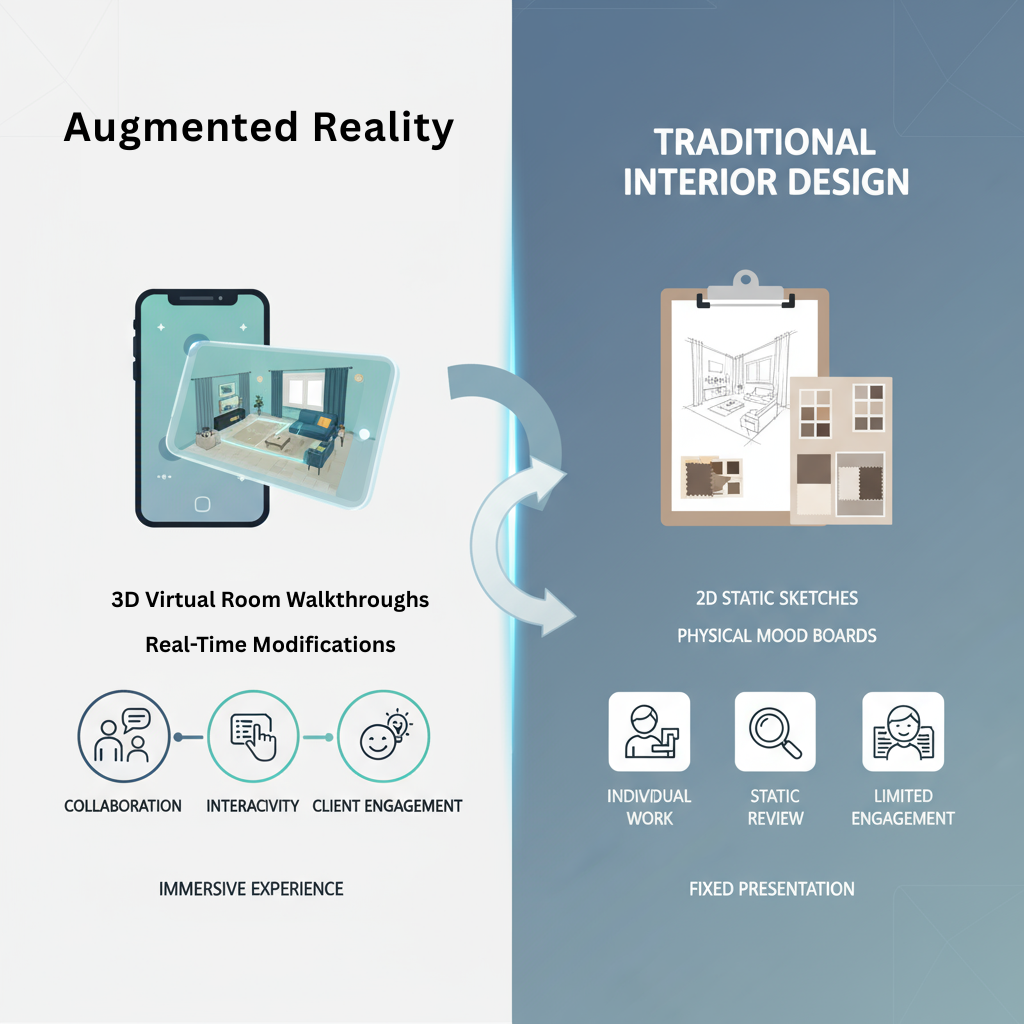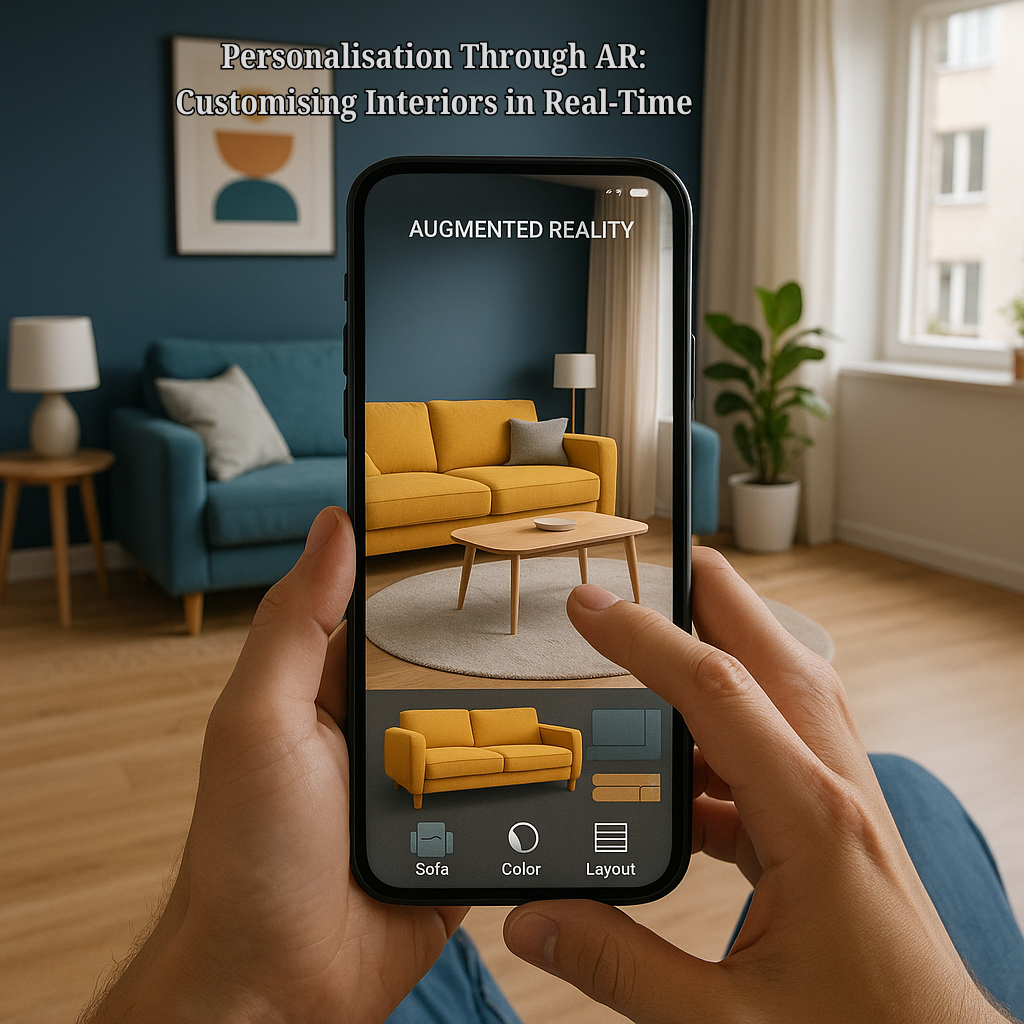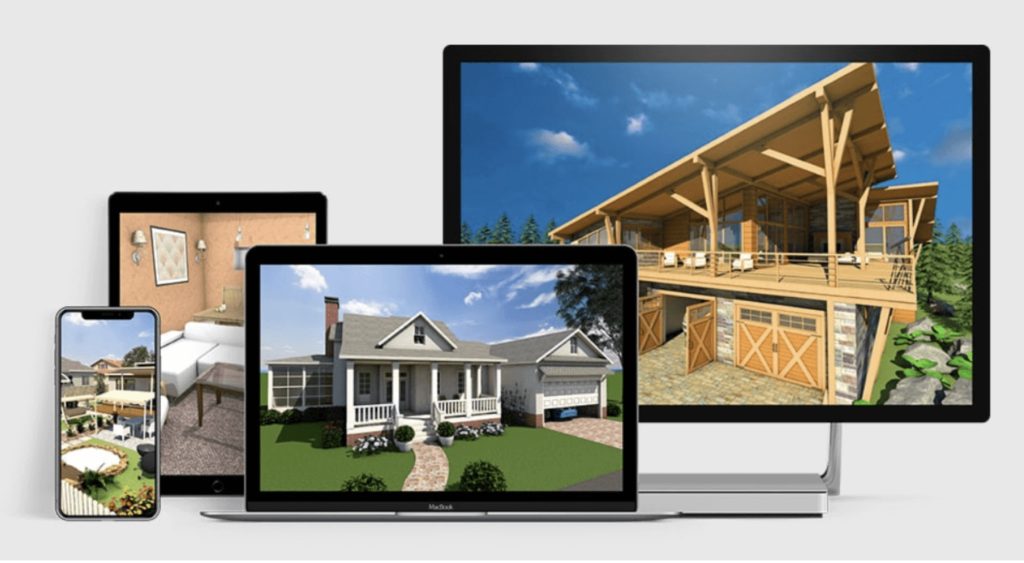Augmented Reality (AR) is making a significant impact across various industries, including real estate and homebuilding. One of the most exciting ways AR is being used is in interior design demonstrations. Homebuilders are embracing this innovative technology to offer immersive and interactive experiences that not only engage clients but also streamline the process for professionals. It’s transforming the way homes are designed and built, making the journey more intuitive and enjoyable for everyone involved.
The Rise of AR in the Homebuilding Industry
Introduction to AR in Homebuilding
Augmented Reality (AR) is quickly becoming a transformative tool in the homebuilding industry. By superimposing virtual elements into the real world, AR allows homebuilders to offer more engaging and efficient design experiences. Clients can visualize their dream homes before construction, which aids in decision-making and reduces the risk of costly design changes.
AR Adoption Trends
- Increasing demand for virtual experiences among tech-savvy buyers.
- Adoption of AR by major homebuilders to stay competitive.
- Focus on providing innovative, interactive experiences to clients.
Impact on Homebuilding
- Streamlined design approval process by visualizing ideas in real time.
- Increased efficiency and reduction in errors during the building process.
- Provides homebuilders with a marketing edge by offering cutting-edge technology.
Benefits of AR for Interior Design Demonstrations
Enhanced Visualization for Clients
AR allows clients to see how different materials, furniture, and design elements will look in their space without needing physical samples. This technology helps clients visualize color schemes, layouts, and textures in real time, making it easier to make confident design decisions.
Key Benefits
- Real-time Customization: Clients can instantly change elements like flooring, wall colors, and furniture placement.
- Increased Confidence: Clients feel more secure in their design decisions, reducing second-guessing and revisions.
- Cost Efficiency: Reduces the need for physical samples, lowering material costs and minimizing waste.

AR vs. Traditional Interior Design Presentations
Traditional Design Methods
Traditional interior design presentations rely heavily on physical samples, mood boards, and 3D renderings that can often be difficult to interpret. While they offer some insight, they lack interactivity and do not give clients a tangible sense of how their design choices will look in real life.
Advantages of AR Over Traditional Methods
Interactive Design: AR allows clients to engage with designs actively, making instant changes and seeing the immediate impact.
Increased Accuracy: AR provides a realistic view of how design elements will fit into the physical space, reducing errors.
Enhanced Client Experience: Traditional methods can be static, while AR creates an immersive, dynamic environment.
Key Comparisons
- Traditional methods often require multiple meetings and revisions, while AR streamlines the process with instant feedback.
- AR enables clients to explore design options in real-time, whereas traditional methods rely on imagination and interpretation.
Enhancing Buyer Experience with AR Walkthroughs
Creating Virtual Tours
AR walkthroughs allow homebuyers to virtually experience their future home before it’s built. These virtual tours offer an immersive look at the layout, design features, and finishes, creating a more engaging and interactive experience.
Benefits for Buyers
Immersive Experience: Clients can explore every corner of their potential home, making informed decisions about layout and design.
Immediate Feedback: Homebuyers can easily request design modifications during a walkthrough, improving satisfaction.
Convenience: Buyers can view the home at any time without needing to travel to the site.

Personalisation Through AR: Customising Interiors in Real-Time
Tailored Design Choices
AR allows homebuyers to experiment with various materials, colors, and furniture pieces in real-time, making the home personalization process faster and more enjoyable.
Key Benefits
- Interactive Customization: Buyers can instantly alter design elements like cabinetry or flooring, seeing the effects immediately.
- Enhanced Buyer Control: Clients feel more empowered when they can directly influence the design of their homes.
- Increased Satisfaction: Personalization ensures the final design is a reflection of the client’s unique style.
Efficiency for Homebuilders
- Reduced Revisions: Since clients can see their choices in real time, there are fewer last-minute design changes.
- Improved Communication: Builders and clients can collaborate more effectively, ensuring that both parties are aligned on design expectations.
Overcoming Challenges in AR Adoption for Homebuilders
Challenges with AR Integration
AR has immense potential in homebuilding, its adoption can present challenges. These include the initial investment in technology, the need for proper training, and ensuring compatibility across devices.
Key Obstacles
- High Initial Costs: Developing AR applications or integrating them into existing systems requires substantial investment.
- Technological Barriers: Builders must ensure that AR platforms are compatible with different devices and that they run smoothly on mobile devices.
- User Adoption: Some clients may be hesitant to adopt new technology, which can limit the effectiveness of AR presentations.
Strategies for Overcoming Challenges
- Gradual Integration: Start by offering AR as a supplementary tool and gradually expand its use.
- Training and Support: Provide training for staff and clients to ensure that AR tools are used effectively.
- Collaboration: Partner with AR developers to create customized solutions that align with business.

Future of AR in Interior Design and Home Marketing
Expanding AR Capabilities
The future of AR in the homebuilding industry holds exciting possibilities. As the technology improves, we can expect even more immersive, accurate, and accessible experiences for both builders and clients.
Upcoming Innovations
- Full VR Integration: The future could see AR combined with virtual reality (VR) for even more immersive walkthroughs and design experiences.
- AI Integration: AR tools may incorporate AI to suggest design modifications based on user preferences and trends.
- Sustainability: AR can be used to show clients how eco-friendly design choices will impact their home’s energy efficiency.
The Impact on Marketing and Sales
- Enhanced Marketing: AR could become a standard feature for marketing homes, allowing potential buyers to experience homes in a way that traditional photos or videos cannot.
- Streamlined Sales: With AR tools that allow for real-time adjustments and customization, the sales process becomes faster, more efficient, and more client-focused.


